Toxic chemicals stay on surfaces long after smoke clears
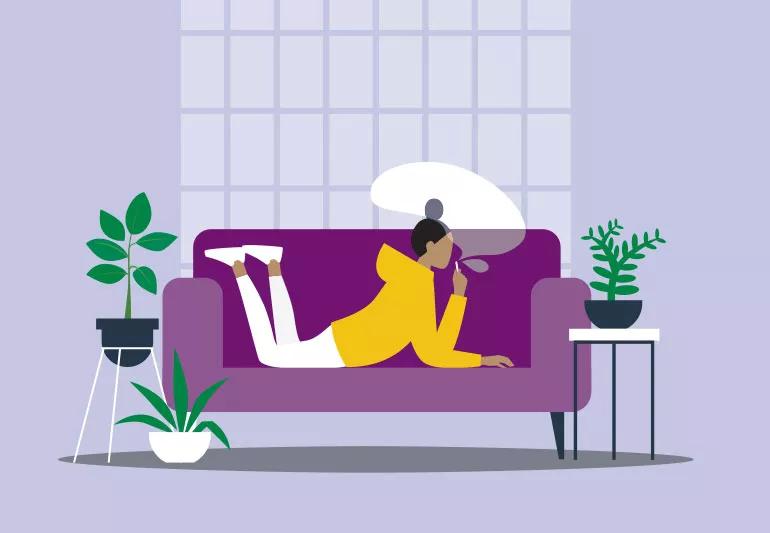
You know that smoking and secondhand smoke (smoke exhaled from burning cigarettes ) are unhealthy. But another danger lurks that may surprise you: thirdhand smoke, which is a residue that lingers long after you empty the ashtrays.
Advertisement
Cleveland Clinic is a non-profit academic medical center. Advertising on our site helps support our mission. We do not endorse non-Cleveland Clinic products or services. Policy
Thirdhand smoke is residual — or leftover — nicotine and other chemicals that remain on clothing and surfaces after someone smokes in the area. Dangerous residue from tobacco smoke sticks to carpets, walls and other surfaces after the smoke clears.
Researchers believe these lingering chemicals can harm your body just like smoking and secondhand smoke can. “Research continues, but there are things we already know,” says pulmonologist Humberto Choi, MD.
Researchers are investigating thirdhand smoke as they seek to understand some puzzling lung cancer cases.
“There’s been an increased interest recently because we’re seeing more lung cancer cases that are not related directly to firsthand or secondhand smoking,” Dr. Choi says. “So we’re looking at other causes for cancer aside from direct exposure.”
One study found that being exposed to thirdhand smoke may cause damage and breaks in human DNA. Researchers tested human cells in a laboratory rather than actual humans. But Dr. Choi says, “DNA damage is a real risk and can increase your chances of disease.”
When you smoke in a room or car, toxic chemicals like nicotine cling to walls, clothing, upholstery and other surfaces, as well as your skin. Results of a study published in 2010 found that when this nicotine reacts with nitrous acid in the air, it forms carcinogens, which are compounds that can cause cancer.
Advertisement
Although this suggests a dangerous connection, “It hasn’t been proven that thirdhand smoke is correlated with any other conditions,” Dr. Choi says. “And that will be very difficult to prove because we are all exposed to it no matter how hard we try to avoid it.”
“For this reason, the specific risks of thirdhand smoke are still not completely clear,” he says.
“I think children are the most vulnerable to thirdhand smoke because of exposure to surfaces like the floor and on their clothes and other objects in the house,” Dr. Choi says.
This is particularly true for very young children who frequently touch objects and then put their hands in their mouths. This can increase their exposure to toxic chemicals.
Adults who don’t smoke but live with those who do are also at a much higher risk for thirdhand smoke exposure. Dr. Choi says, “It may be helpful to study these individuals in the long term.”
Thirdhand smoke residue builds up over time on most surfaces it touches. It can remain for weeks, months or even years. “It resists normal cleaning methods and you can’t air it out of rooms or cars with fans or vacuums,” Dr. Choi says.
For this reason, sometimes the only solution is replacing carpets, repainting walls and cleaning ventilation systems. So it’s expensive to completely rid a room of thirdhand smoke and eliminate the risk of exposure to future tenants or owners.
Dr. Choi stresses that the best solution for managing the dangers of thirdhand smoke is to stop smoking.
“The best way to reduce exposure risk is to have a smoke-free environment — especially where you live,” he says. “And it’s not just about cutting down, but being abstinent.”
He concludes, “If you smoke, never smoke inside your house, because even if you don’t smell the smoke anymore, it’s still there. Still, the best approach is to avoid it completely.”
Advertisement
Learn more about our editorial process.
Advertisement

Smoking can make symptoms from cancer treatment worse, and can even make treatments less effective

From dental diseases to cardiovascular problems, the harmful effects of smoking hookah have plenty of downsides for your health
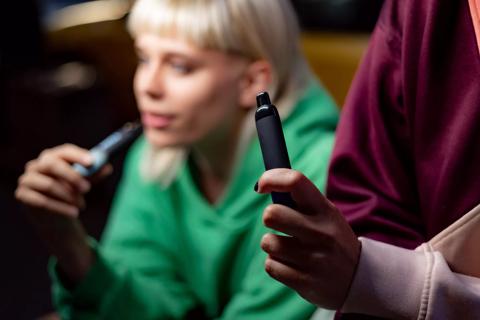
Vaping exposes you to thousands of chemicals, including many that cause cancer and lung disease
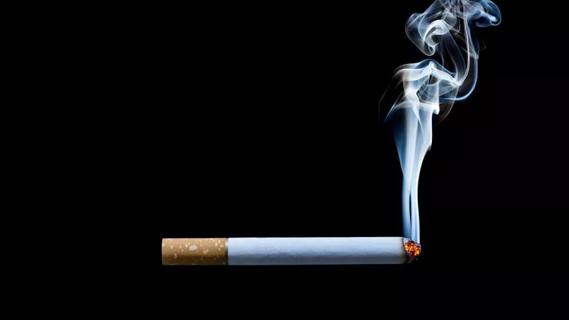
Even only a couple cigarettes a day can lead to potentially deadly lung diseases like COPD and emphysema

Your risk goes down once you quit, but you may still need a lung cancer screening
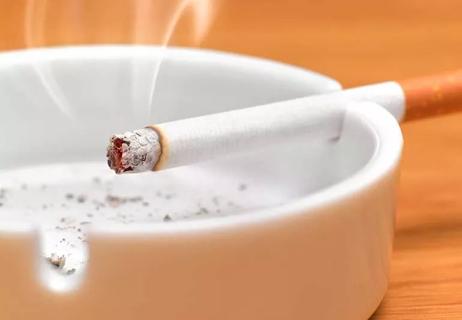
Cigarettes increase your risk of developing the condition and worsening its effects
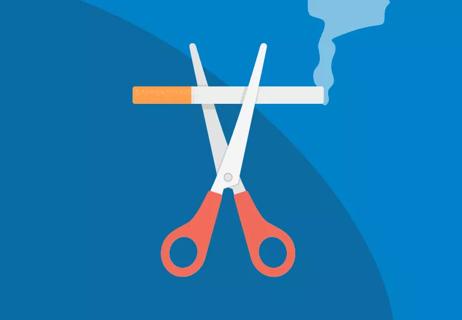
Health benefits start within 20 minutes and continue to grow for years after

Babies can get congested easily, but you can calm their cough by keeping them hydrated, using nasal drops and running a humidifier

Weight loss may cause loose, sagging skin and muscle loss to your rear

Several conditions, like vitiligo and fungal infection, can cause a loss of pigmentation, leading to white spots or patches on your skin